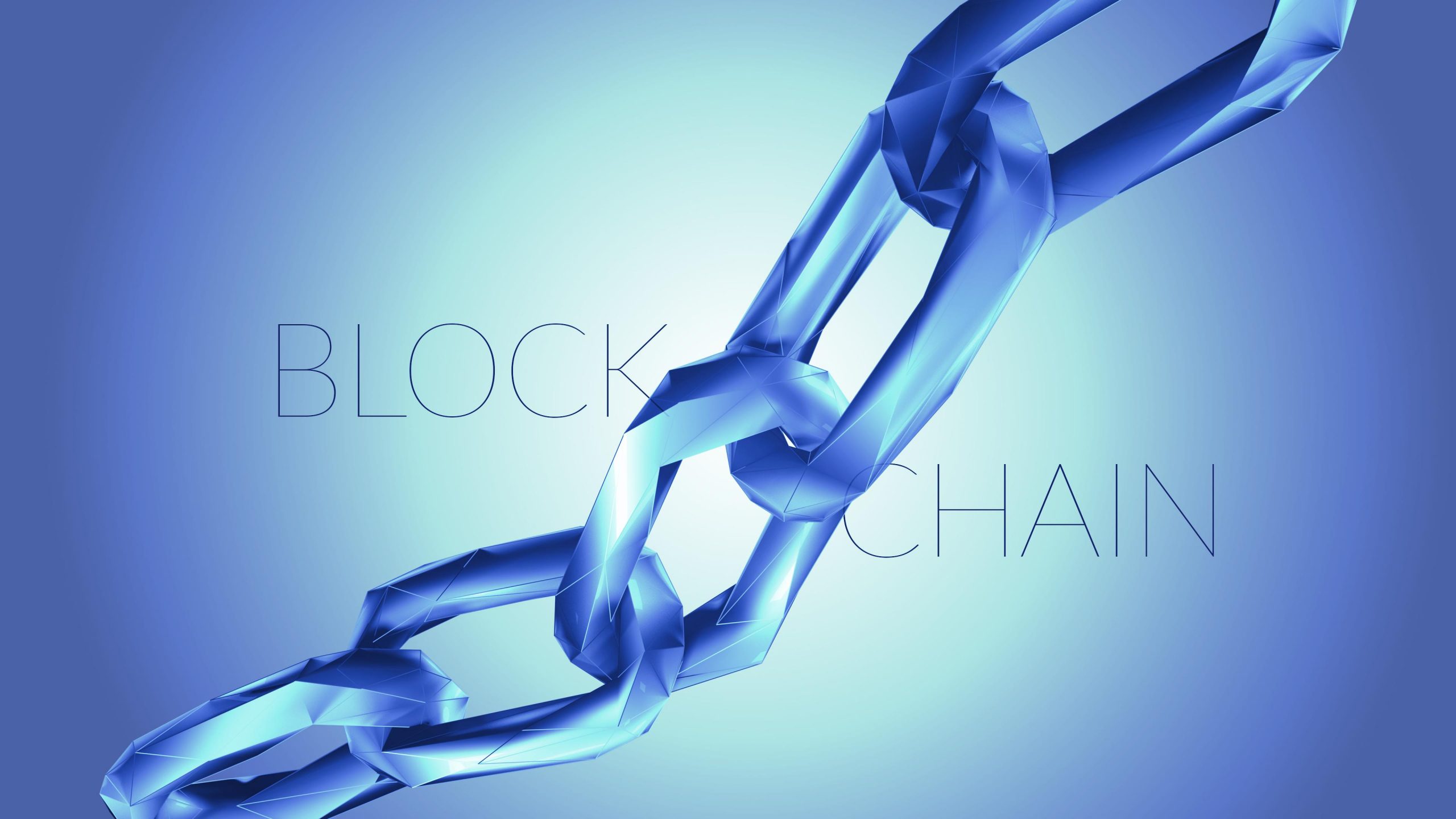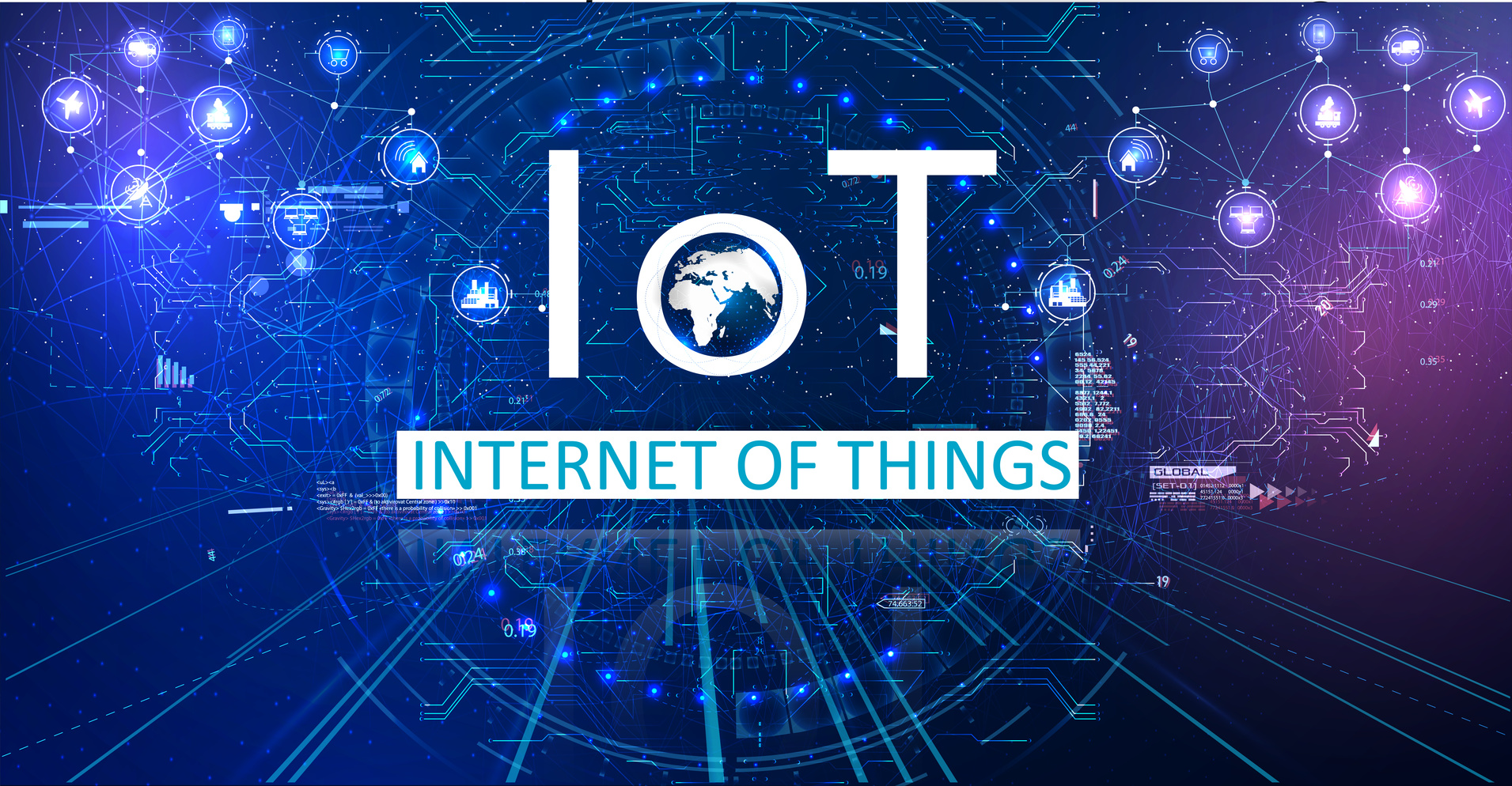
Why is Internet of Things (IoT) so important?
Over the past few years, IoT has become one of the most important technologies of the 21st century. Now that we can connect everyday objects—kitchen appliances, cars, thermostats, baby monitors—to the internet via embedded devices, seamless communication is possible between people, processes, and things.
By means of low-cost computing, the cloud, big data, analytics, and mobile technologies, physical things can share and collect data with minimal human intervention. In this hyperconnected world, digital systems can record, monitor, and adjust each interaction between connected things. The physical world meets the digital world—and they cooperate.
What technologies have made IoT possible?
While the idea of IoT has been in existence for a long time, a collection of recent advances in a number of different technologies has made it practical.
- Access to low-cost, low-power sensor technology. Affordable and reliable sensors are making IoT technology possible for more manufacturers.
- Connectivity. A host of network protocols for the internet has made it easy to connect sensors to the cloud and to other “things” for efficient data transfer.
- Cloud computing platforms. The increase in the availability of cloud platforms enables both businesses and consumers to access the infrastructure they need to scale up without actually having to manage it all.
- Machine learning and analytics. With advances in machine learning and analytics, along with access to varied and vast amounts of data stored in the cloud, businesses can gather insights faster and more easily. The emergence of these allied technologies continues to push the boundaries of IoT and the data produced by IoT also feeds these technologies.
- Conversational artificial intelligence (AI). Advances in neural networks have brought natural-language processing (NLP) to IoT devices (such as digital personal assistants Alexa, Cortana, and Siri) and made them appealing, affordable, and viable for home use.
What is industrial IoT?
Industrial IoT (IIoT) refers to the application of IoT technology in industrial settings, especially with respect to instrumentation and control of sensors and devices that engage cloud technologies. Refer to thisTitan use case PDF for a good example of IIoT. Recently, industries have used machine-to-machine communication (M2M) to achieve wireless automation and control. But with the emergence of cloud and allied technologies (such as analytics and machine learning), industries can achieve a new automation layer and with it create new revenue and business models. IIoT is sometimes called the fourth wave of the industrial revolution, or Industry 4.0. The following are some common uses for IIoT:
- Smart manufacturing
- Connected assets and preventive and predictive maintenance
- Smart power grids
- Smart cities
- Connected logistics
- Smart digital supply chains
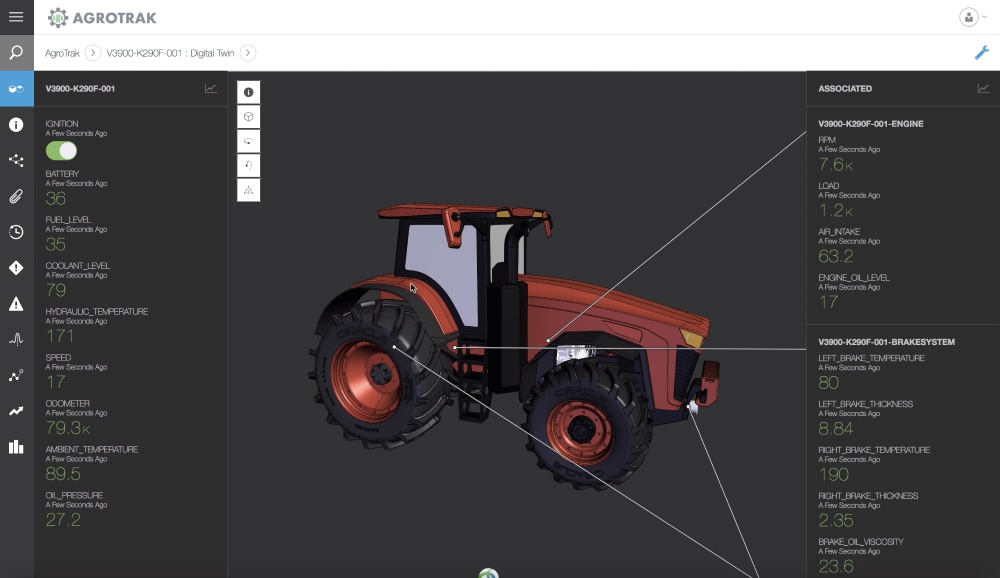
What are IoT applications?
Business-ready, SaaS IoT Applications
IoT Intelligent Applications are prebuilt software-as-a-service (SaaS) applications that can analyze and present captured IoT sensor data to business users via dashboards.
IoT applications use machine learning algorithms to analyze massive amounts of connected sensor data in the cloud. Using real-time IoT dashboards and alerts, you gain visibility into key performance indicators, statistics for mean time between failures, and other information. Machine learning–based algorithms can identify equipment anomalies and send alerts to users and even trigger automated fixes or proactive counter measures.
With cloud-based IoT applications, business users can quickly enhance existing processes for supply chains, customer service, human resources, and financial services. There’s no need to recreate entire business processes.
What are some ways IoT applications are deployed?
The ability of IoT to provide sensor information as well as enable device-to-device communication is driving a broad set of applications. The following are some of the most popular applications and what they do.
Create new efficiencies in manufacturing through machine monitoring and product-quality monitoring.
Machines can be continuously monitored and analyzed to make sure they are performing within required tolerances. Products can also be monitored in real time to identify and address quality defects.
Improve the tracking and “ring-fencing” of physical assets.
Tracking enables businesses to quickly determine asset location. Ring-fencing allows them to make sure that high-value assets are protected from theft and removal.
Use wearables to monitor human health analytics and environmental conditions.
IoT wearables enable people to better understand their own health and allow physicians to remotely monitor patients. This technology also enables companies to track the health and safety of their employees, which is especially useful for workers employed in hazardous conditions.
Drive efficiencies and new possibilities in existing processes.
One example of this is the use of IoT to increase efficiency and safety in connected logistics for fleet management. Companies can use IoT fleet monitoring to direct trucks, in real time, to improve efficiency.
Enable business process changes.
An example of this is the use of IoT devices for connected assets to monitor the health of remote machines and trigger service calls for preventive maintenance. The ability to remotely monitor machines is also enabling new product-as-a-service business models, where customers no longer need to buy a product but instead pay for its usage.
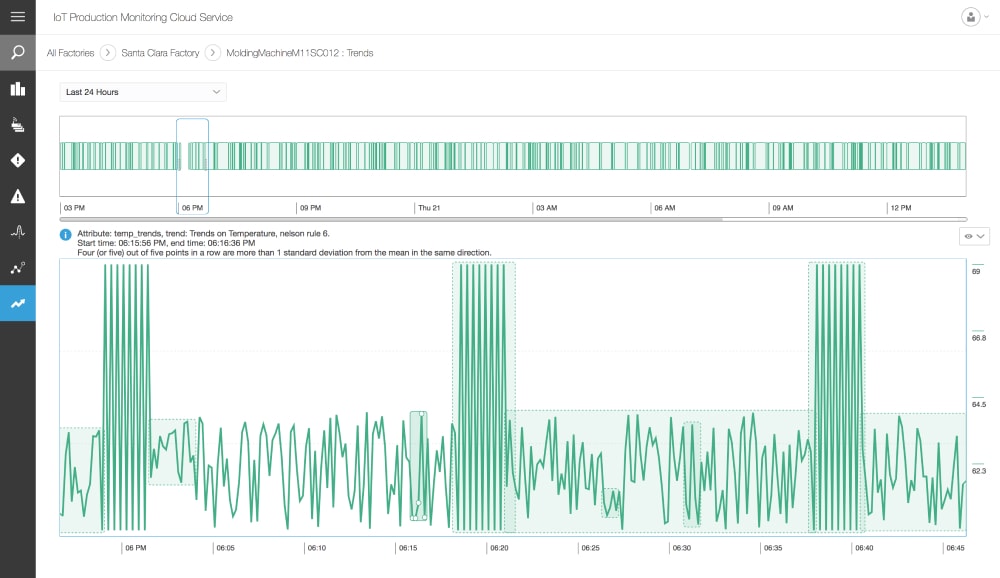
What industries can benefit from IoT?
Organizations best suited for IoT are those that would benefit from using sensor devices in their business processes.
Manufacturing
Manufacturers can gain a competitive advantage by using production-line monitoring to enable proactive maintenance on equipment when sensors detect an impending failure. Sensors can actually measure when production output is compromised. With the help of sensor alerts, manufacturers can quickly check equipment for accuracy or remove it from production until it is repaired. This allows companies to reduce operating costs, get better uptime, and improve asset performance management.
Automotive
The automotive industry stands to realize significant advantages from the use of IoT applications. In addition to the benefits of applying IoT to production lines, sensors can detect impending equipment failure in vehicles already on the road and can alert the driver with details and recommendations. Thanks to aggregated information gathered by IoT-based applications, automotive manufacturers and suppliers can learn more about how to keep cars running and car owners informed.
Transportation and Logistics
Transportation and logistical systems benefit from a variety of IoT applications. Fleets of cars, trucks, ships, and trains that carry inventory can be rerouted based on weather conditions, vehicle availability, or driver availability, thanks to IoT sensor data. The inventory itself could also be equipped with sensors for track-and-trace and temperature-control monitoring. The food and beverage, flower, and pharmaceutical industries often carry temperature-sensitive inventory that would benefit greatly from IoT monitoring applications that send alerts when temperatures rise or fall to a level that threatens the product.
Retail
IoT applications allow retail companies to manage inventory, improve customer experience, optimize supply chain, and reduce operational costs. For example, smart shelves fitted with weight sensors can collect RFID-based information and send the data to the IoT platform to automatically monitor inventory and trigger alerts if items are running low. Beacons can push targeted offers and promotions to customers to provide an engaging experience.
Public Sector
The benefits of IoT in the public sector and other service-related environments are similarly wide-ranging. For example, government-owned utilities can use IoT-based applications to notify their users of mass outages and even of smaller interruptions of water, power, or sewer services. IoT applications can collect data concerning the scope of an outage and deploy resources to help utilities recover from outages with greater speed.
Healthcare
IoT asset monitoring provides multiple benefits to the healthcare industry. Doctors, nurses, and orderlies often need to know the exact location of patient-assistance assets such as wheelchairs. When a hospital’s wheelchairs are equipped with IoT sensors, they can be tracked from the IoT asset-monitoring application so that anyone looking for one can quickly find the nearest available wheelchair. Many hospital assets can be tracked this way to ensure proper usage as well as financial accounting for the physical assets in each department.
General Safety Across All Industries
In addition to tracking physical assets, IoT can be used to improve worker safety. Employees in hazardous environments such as mines, oil and gas fields, and chemical and power plants, for example, need to know about the occurrence of a hazardous event that might affect them. When they are connected to IoT sensor–based applications, they can be notified of accidents or rescued from them as swiftly as possible. IoT applications are also used for wearables that can monitor human health and environmental conditions. Not only do these types of applications help people better understand their own health, they also permit physicians to monitor patients remotely.
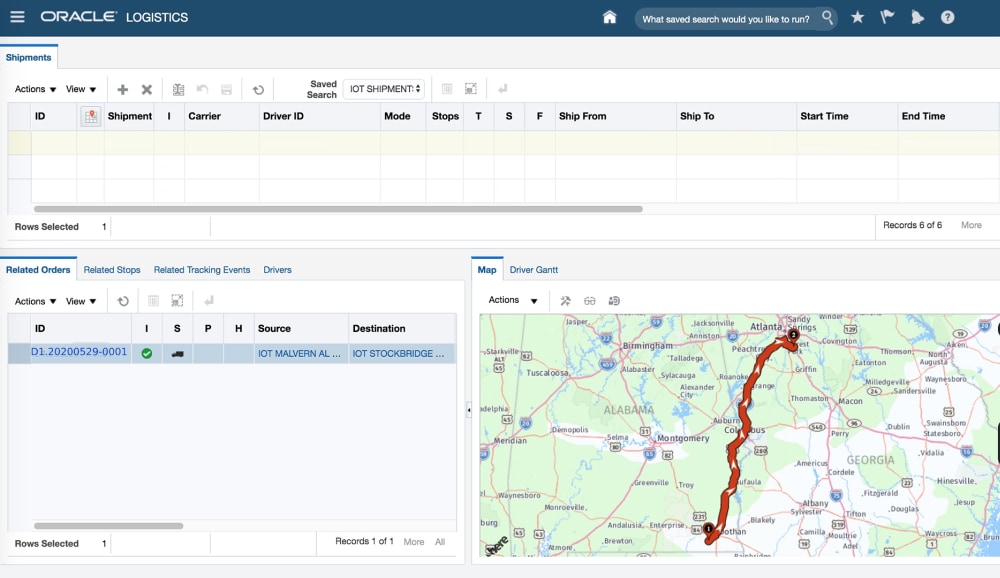
How is IoT changing the world? Take a look at connected cars.
IoT is reinventing the automobile by enabling connected cars. With IoT, car owners can operate their cars remotely—by, for example, preheating the car before the driver gets in it or by remotely summoning a car by phone. Given IoT’s ability to enable device-to-device communication, cars will even be able to book their own service appointments when warranted.
The connected car allows car manufacturers or dealers to turn the car ownership model on its head. Previously, manufacturers have had an arms-length relationship with individual buyers (or none at all). Essentially, the manufacturer’s relationship with the car ended once it was sent to the dealer. With connected cars, automobile makers or dealers can have a continuous relationship with their customers. Instead of selling cars, they can charge drivers usage fees, offering a “transportation-as-a-service” using autonomous cars. IoT allows manufacturers to upgrade their cars continuously with new software, a sea-change difference from the traditional model of car ownership in which vehicles immediately depreciate in performance and value.

